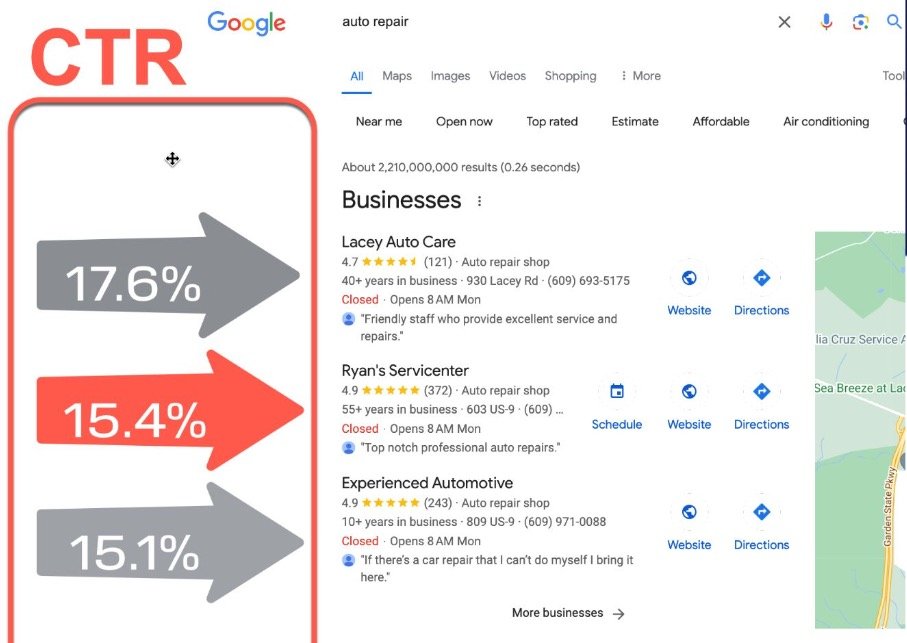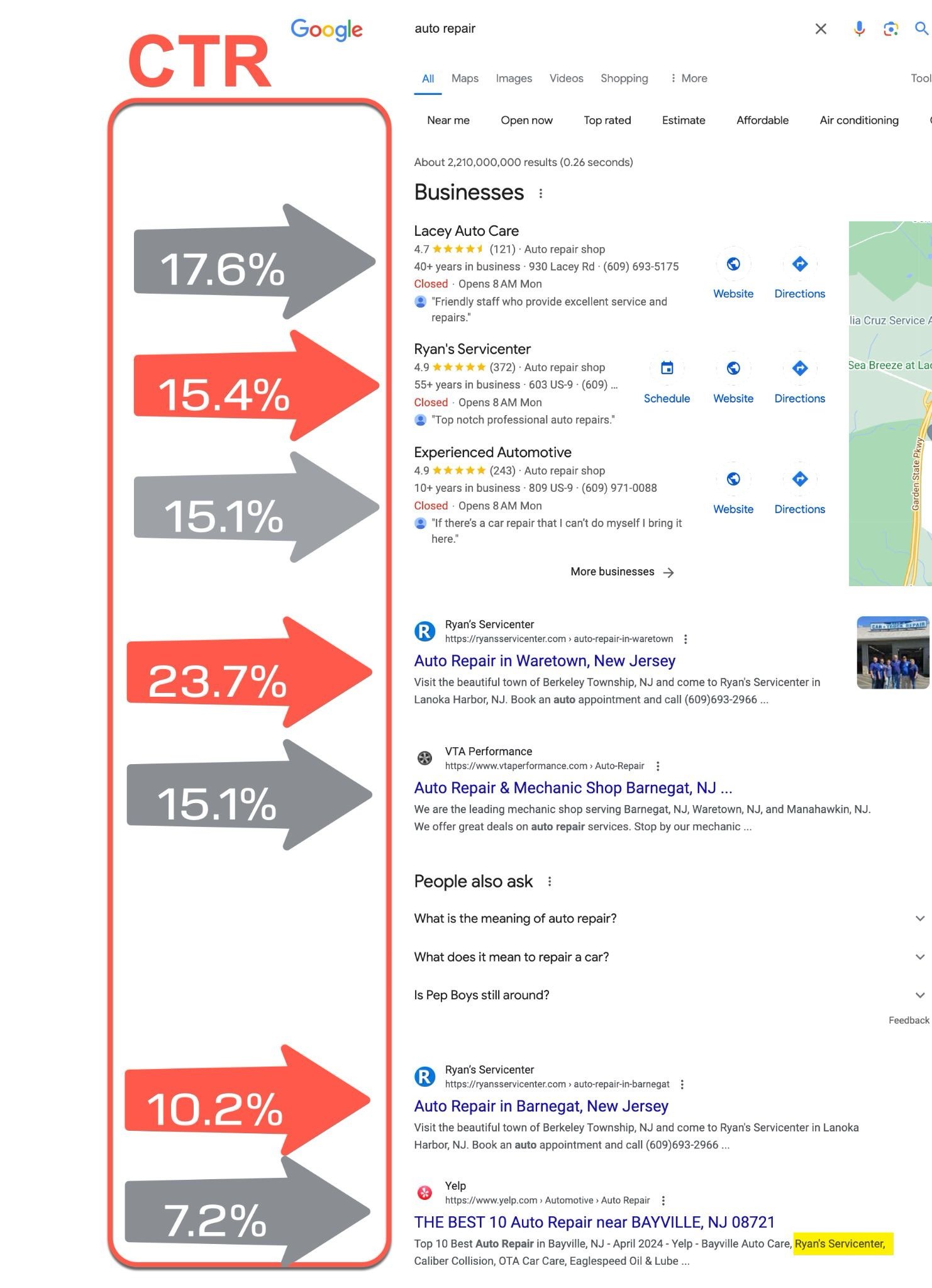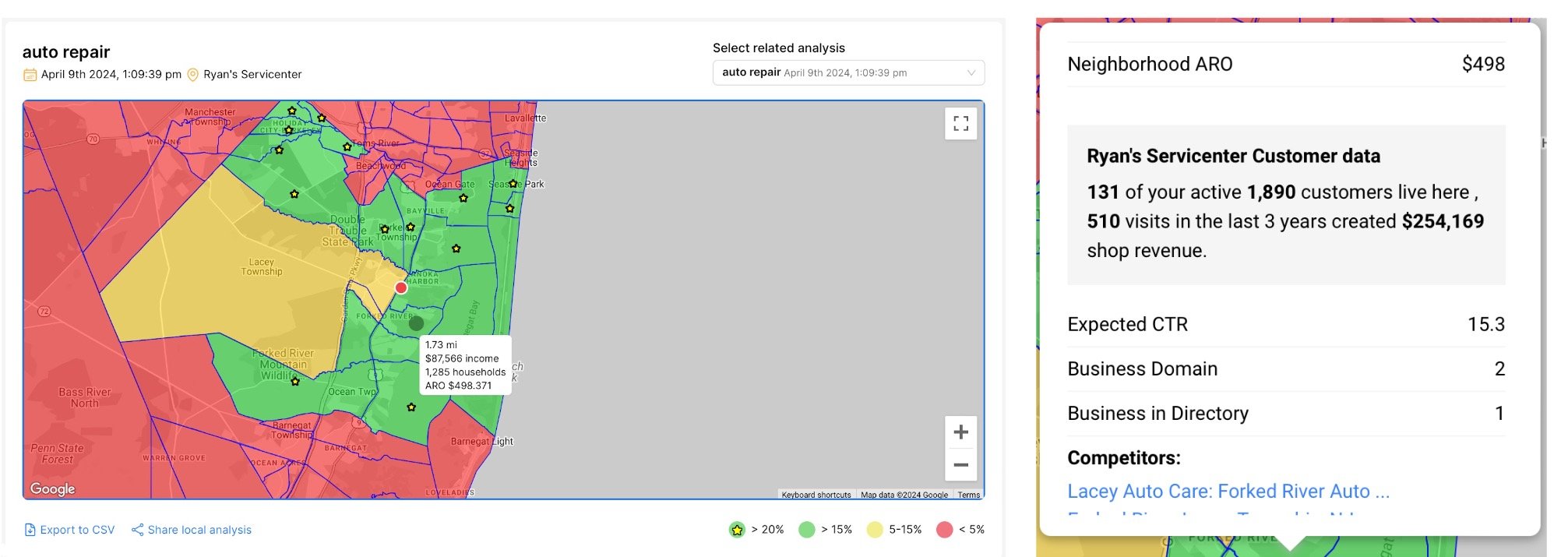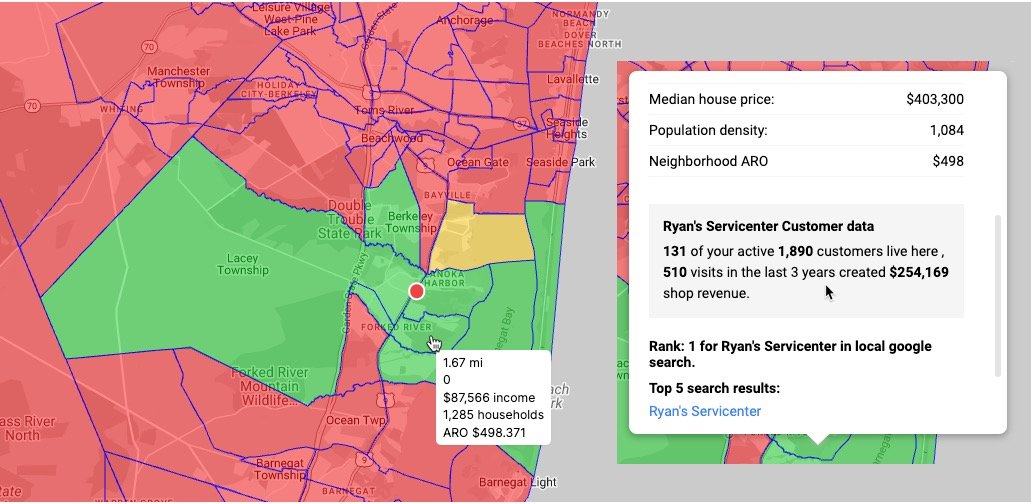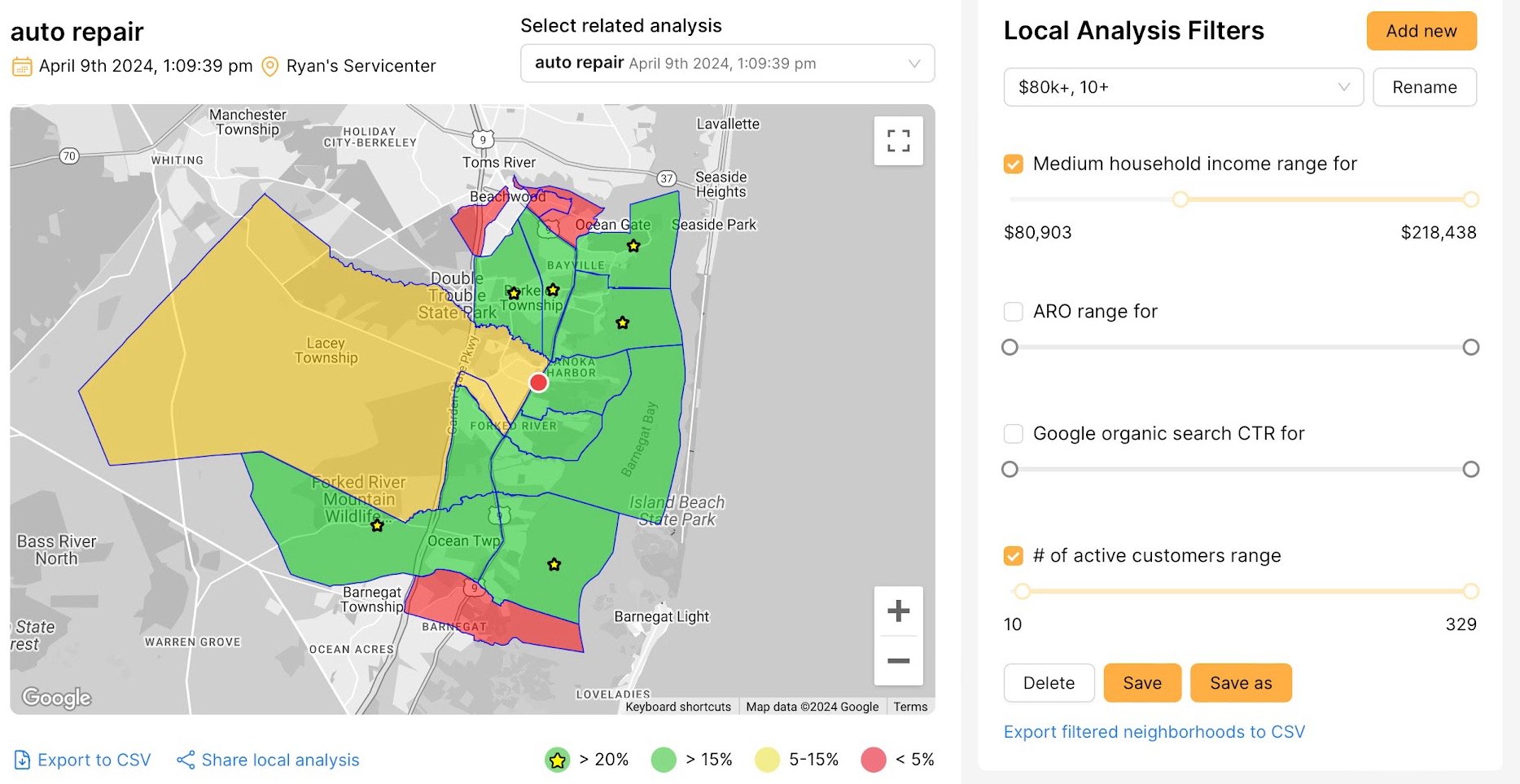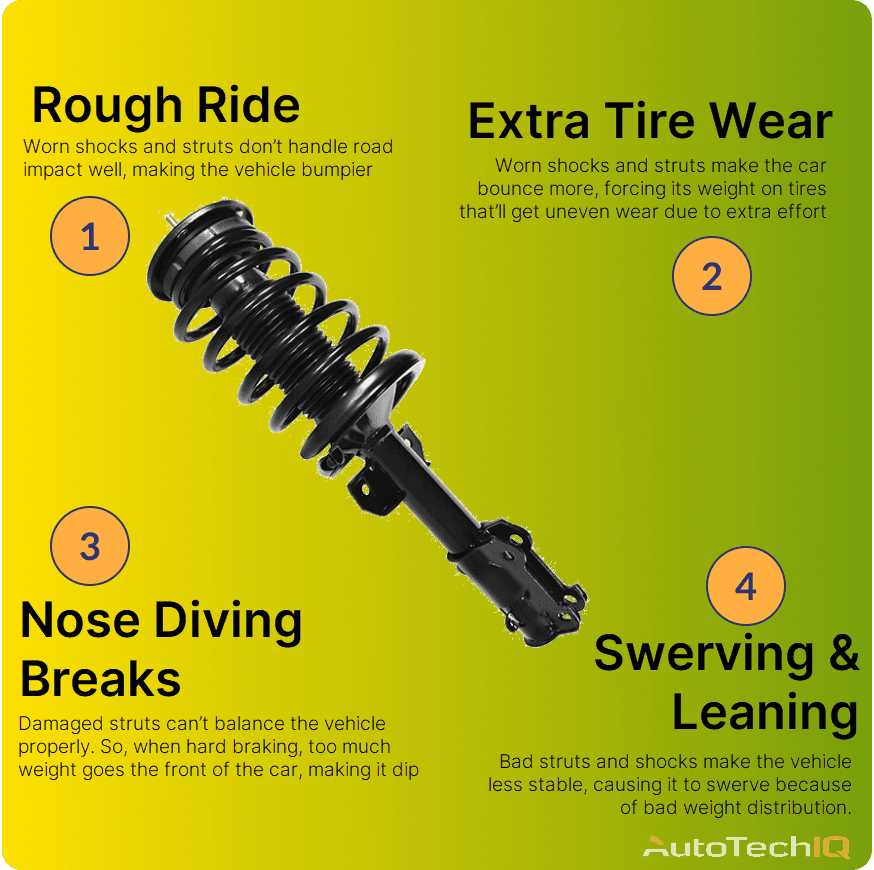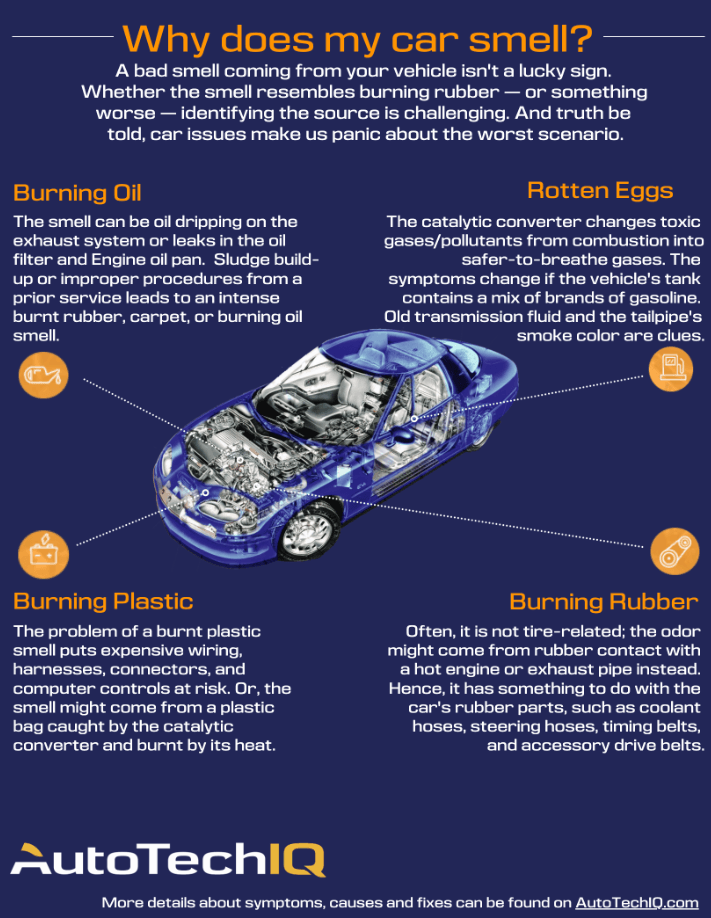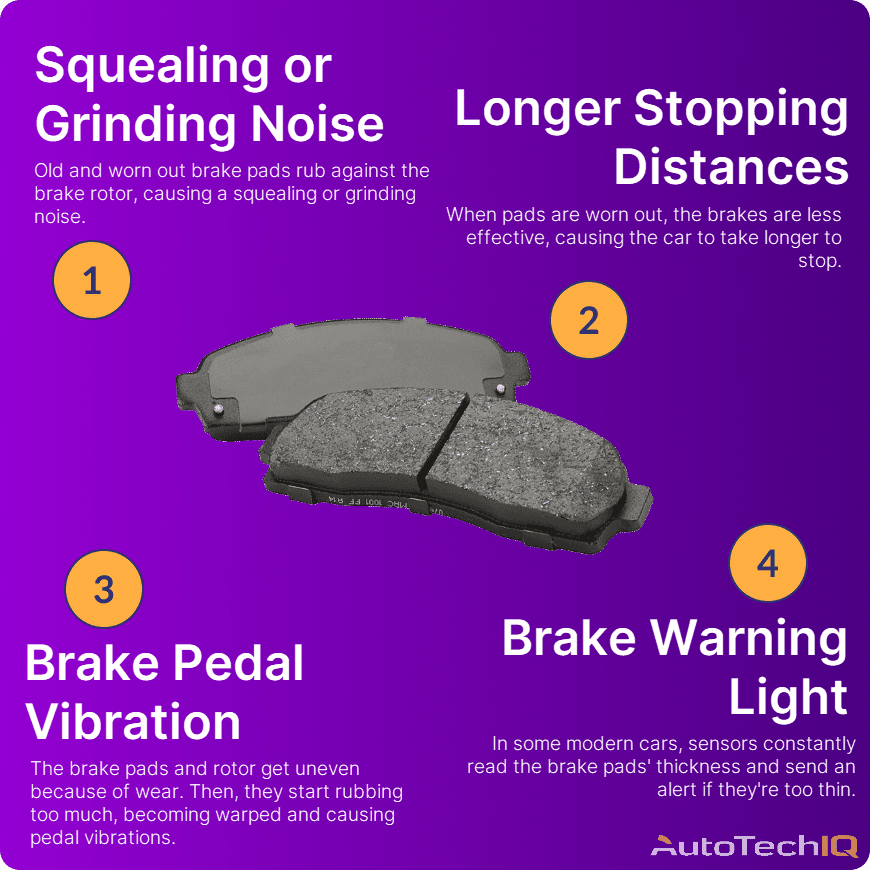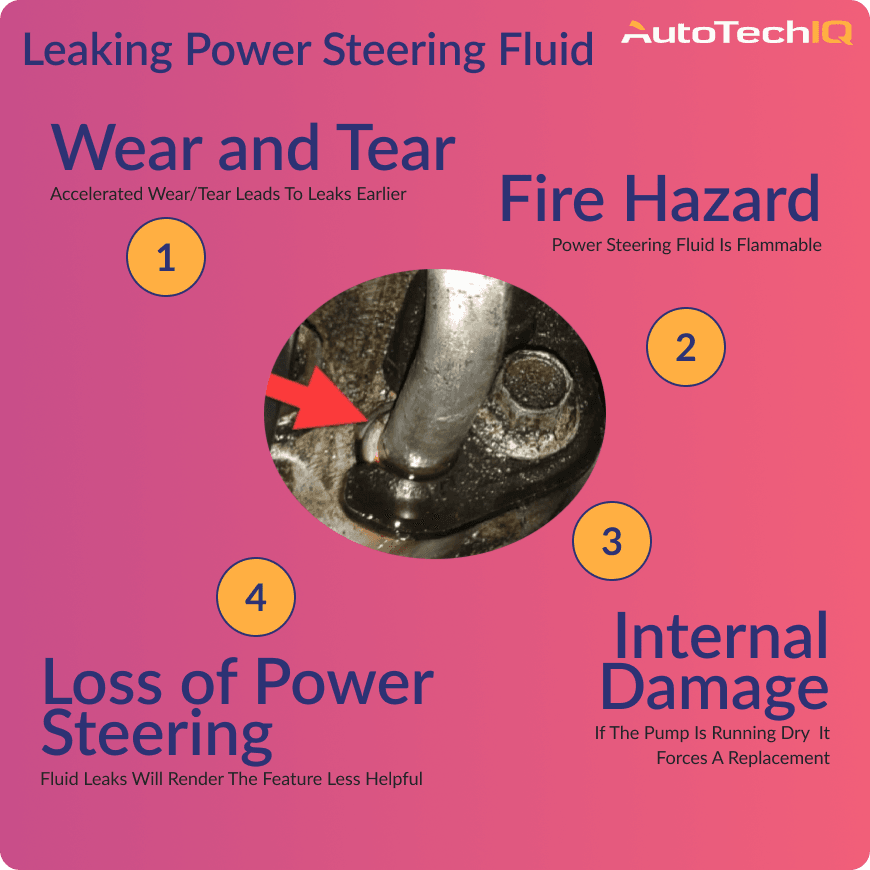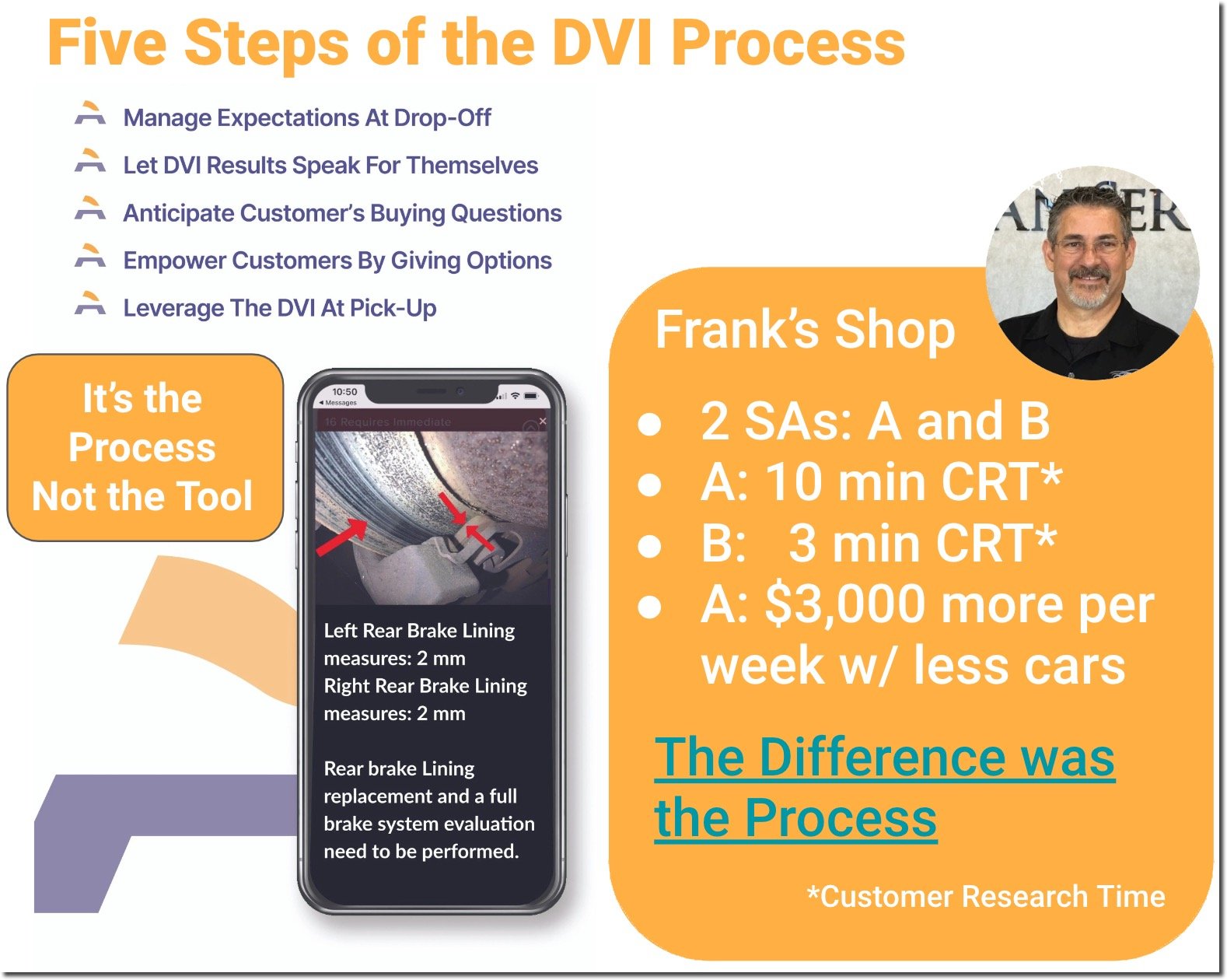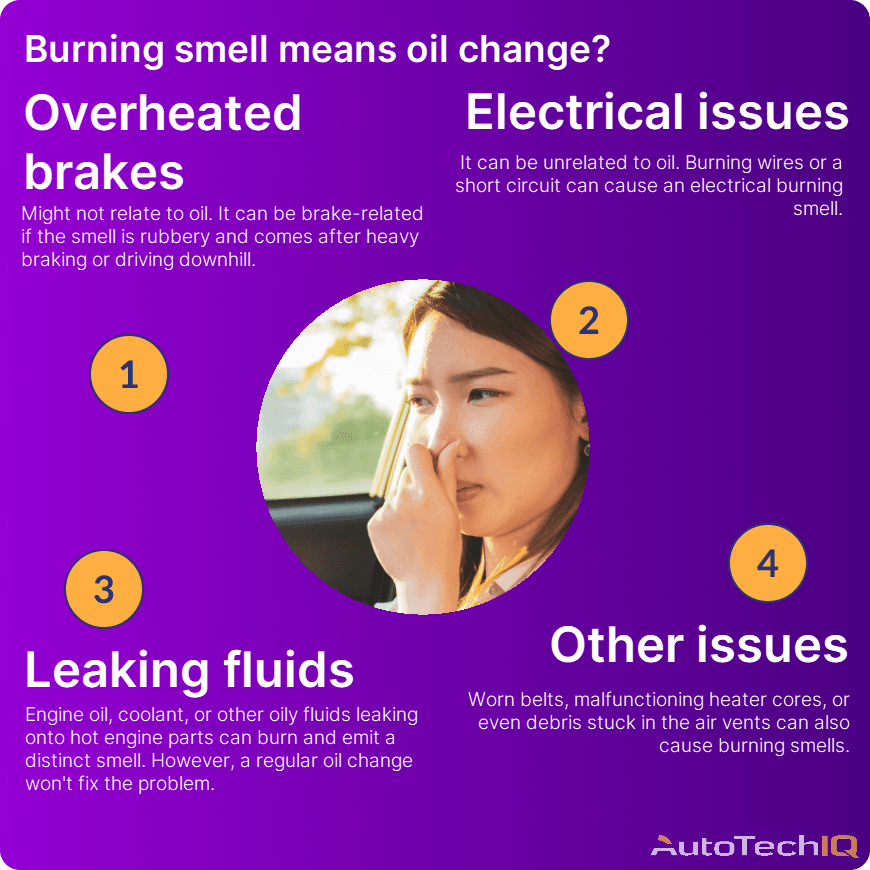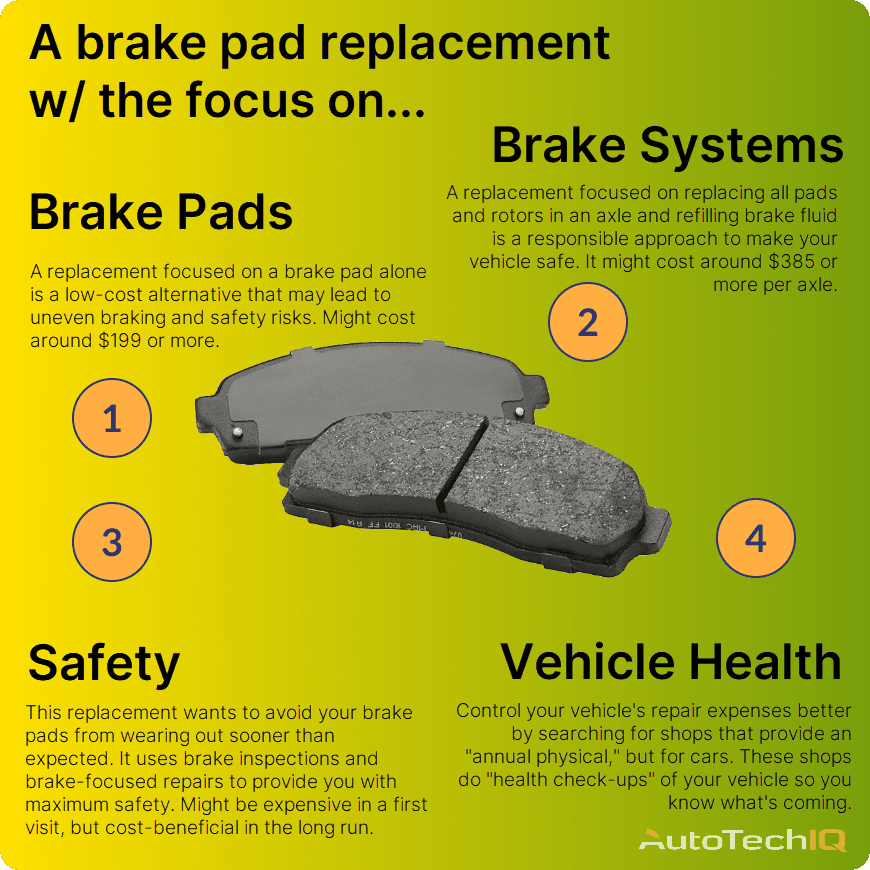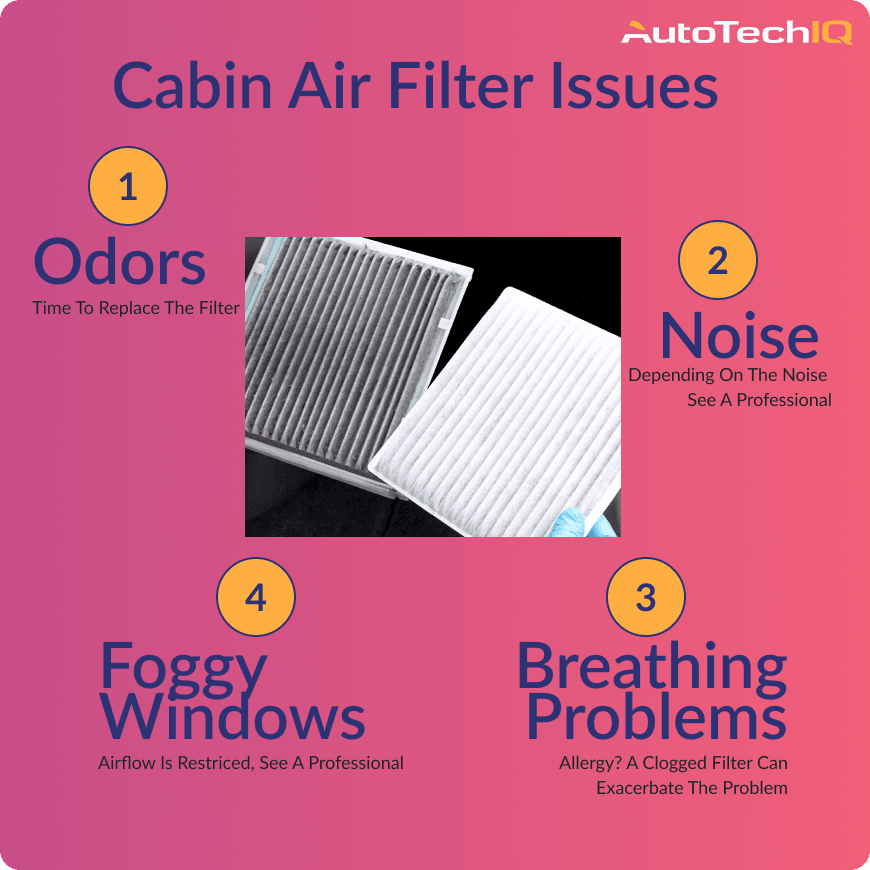What is BizMapIQ?

As a local business owner, you want to be visible to potential customers searching locally on Google. Google's algorithm is complex and constantly changing, and it is challenging to pinpoint exactly why and where you appear in the search on the page. To our knowledge, a document with a complete understanding of local ranking performance that non-experts can understand doesn't exist.
Getting your business consistently ranked high on Google Search is hard. Really hard. It's like being an explorer on an island, and the map of the island changes every week.
AutoTechIQ-certified shops were curious about the quality of their web presence, so we created a custom report, especially for multi-location owners. Then, we broadened the scope of the report. Our team realized we could go further and decided to create a service that assesses Google Search ranking results and combines that with existing customer data and demographic data broken down by surrounding neighborhoods. That unique combination allows for evaluation of the opportunities in the local market, and by setting an initial baseline, monthly comparisons of the marketing efforts can easily measure improvement. In other words, mapping Google's ranking to neighborhoods that are interesting to the local business is the goal of every local business owner. Until now, the tool to assess these opportunities hasn't existed.
Introducing BizMapIQ.
First things first: There are many options to occupy real estate on Google Search Results. For local businesses, there are a total of six:
-
As a local business in the so-called three-pack, it is equivalent to the top three companies on Google Maps.
-
As so-called organic results when any page of the business' website URL will show in the search results
- Business directories, like Yelp, that feature local businesses
-
As an "organic" ad, often referred to as Google Ads
-
As a local service ad, show up in the three-pack and turn it into 4 or 5 packs.
- Approximately 20% of mobile searches differ from the typical Google Search but happen on Local Search/Map.
Usually, ranking is used to assess the performance of the different types of appearances in Google search. This method ignores the fact that certain appearances are more potent than others. Instead, thanks to this research article, we can assign Click-Through Rates (CTR) to each appearance. The higher the CTR, the more impactful.
For example, the three-pack accounts for almost 50% of the clicks, whereas everything else shares 50% (see image below). Ads generally receive significantly fewer clicks (1-4%) and will be ignored for this article and BizMapIQ.
The ranking drops, as expected, when moving away from the shop location.
Below is an image of a shop near Baltimore illustrating how ranking drops when moving away from the shop location (the tool used is BrightLocal)
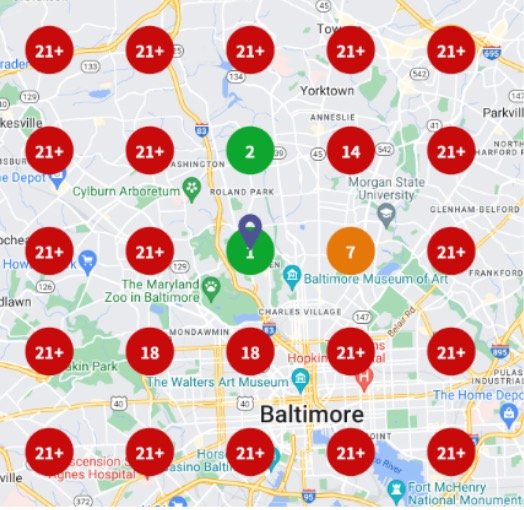
What needs to be added is whether people in neighborhoods with attractive demographics for local businesses find the business in the three-pack. And whether existing customers live in the neighborhood. That helps to answer two questions:
- Is the neighborhood so remote that gaining new customers will be hard?
- Is the neighborhood already somewhat saturated (more than 10% of the vehicles in the neighborhood.)
What if the neighborhood is too remote for ranking in the local 3-pack?
In addition to practices applied to the business website and Google Business Profile (GBP) that can extend the reach of the GBP, the business website can rank organically for the Google search intent to find a local business. See the example below, where one local business can achieve a CTR of almost 50% for the search phrase "auto repair" in a specific neighborhood.
BizMapIQ provides four different reports
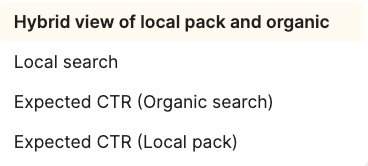
The hybrid view of local and organic provides the expected CTR for a business's Google search results. Below is an example:
The Local Search view provides the shop's ranking on Google Maps. About 20% of all searches use the Google search page, while 80% use the local search view. Often, but not always, the first three businesses featured in local search become the 3-pack.
The two remaining views show the expected CTR for the organized search and the local pack.
How to use BizMapIQ information
Goals
- As a business owner, you ...
- ... get a quick overview of what neighborhoods you are promoted to your satisfaction and where you would like to improve,
- ... understand the performance of your web presence (Website and GBP) and be empowered to talk to your web presence provider about areas where you would like to be promoted.
- ... run postcard campaigns in neighborhoods with few existing customers and test whether you can reach more customers remote from your location
- ... run postcard campaigns in neighborhoods where the ratio of the number of vehicles in the neighborhood vs existing customers' vehicles is very high (low market penetration)
- As a marketing agency, you...
- ... can create strategies for your clients
- As a web presence provider, you...
- ... have a framework to manage expectations and monitor results improvements over time with your clients.
Identify the right neighborhoods
What are neighborhoods
There are two options for identifying the best way to describe the socioeconomic profile of a neighborhood:
- Carrier routes
- Census tracts
Carrier routes often show demographic data, but please consider that carrier routes are optimized for efficient delivery and not for socioeconomic profiling. It can easily happen that the same career route includes highly affluent and low-income areas. The demographic data you see for one carrier route are just averages. BizMapIQ uses Census Tracts, the smallest unit where population data is available in many countries.
If you want to use carrier routes for postcard delivery, BizMapIQ references carrier routes for each neighborhood (census tract).
Filter neighborhoods for identification of opportunities
Let's assume you want to identify the neighborhoods with "low-hanging fruit." Use the Local Analysis Filter to extract the neighborhoods you want to target. Below is an example for the search phrase 'auto repair" and all neighborhoods with median household incomes of more than $80k and more than ten existing customers. What would you do with this information?
Here are our suggestions:
- Talk to the website provider to turn the yellow area green
- Run postcard campaigns in the red neighborhoods to find out whether customers would drive that far, and if successful, talk to the website provider for promotion there.
Note that postcards should promote convenience items for affluent neighborhoods, such as
- Loaners
- Financing
- DVI is the state of health of the customer's vehicle
- Pick-up and delivery
Once you have filtered the neighborhoods of interest, download the spreadsheet in CSV format and share it with your postcard and web presence provider.
Below is a spreadsheet sorted by medium household income around Frank's European Service in Las Vegas. The neighborhood with the highest median household income is 'Lone Mountain'. Since the total market size is roughly 1,200 vehicles, we recommend skipping it and going for #2, "Tule Springs." The market size is 3,000+ vehicles, and 49 existing customers live there. The local search ranking is 7, so the next step is to talk to the web presence provider to rank in Tule Springs.
If you have any questions or suggestions, please click here to send your request.
